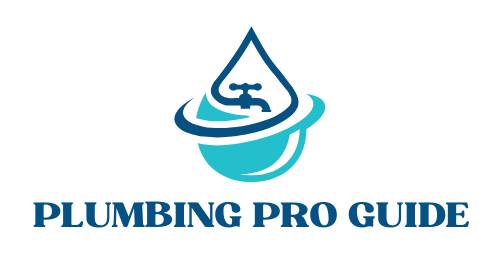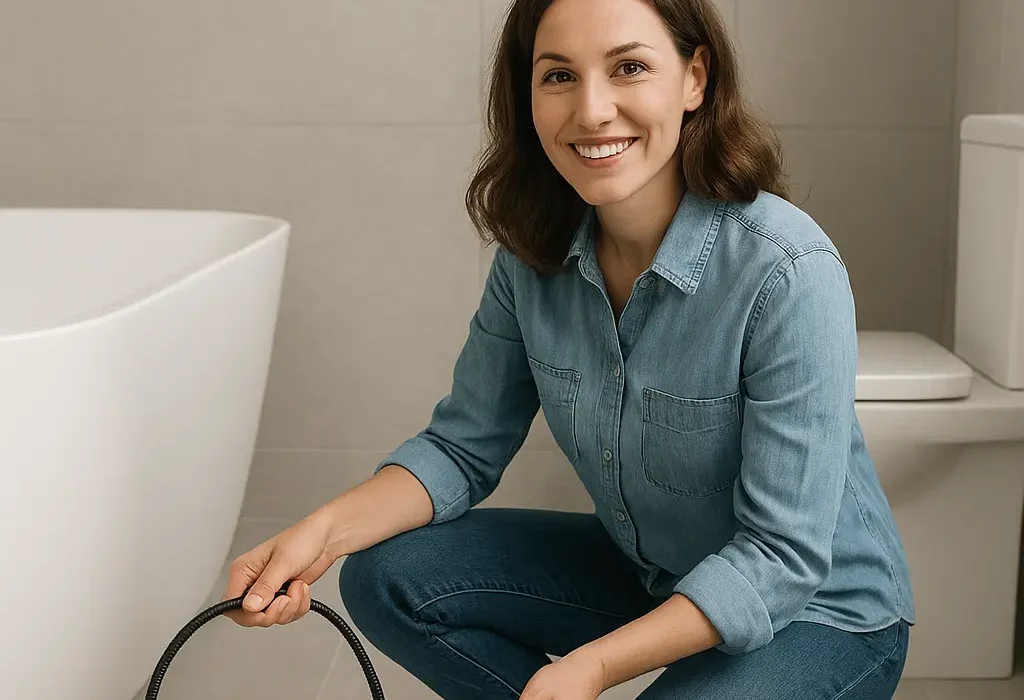Most plumbing problems don’t start as emergencies; they start quietly inside the drain lines, where buildup, blockages, and mechanical wear go unnoticed. Homeowners who inspect the drain pump regularly prevent 90% of major plumbing failures, including backups, floor flooding, and expensive pipe replacements. Learning when and how to inspect the drain pump doesn’t just save money; it protects the entire drainage system from long-term damage.
Why Drain Inspections Matter More Than You Think
A drain system works like a chain. If one section slows down, the rest of the plumbing begins to fail. Small clogs turn into pipe pressure, pressure turns into leaks, and leaks turn into mold or subfloor rot. That’s why it’s important to inspect the drain pump regularly. Professional plumbers use inspections as the first step in routine plumbing health checks, not repairs.
Homeowners who inspect the drain pump prevent:
-
- Sudden drain pump burnout
-
- Water damage under sinks and appliances
-
- Slow drains are turning into full backups
-
- Emergency after-hours plumbing fees
When a drain pump fails, it often gives warning signs first: noise, vibration, slow drainage, or sewer smell. The real problem is that most people ignore those signs until the damage is already done.
Common Drain Problems and What They Really Mean
| Problem | Cause | Solution |
| Leak at the joint | Washer backwards or missing | Reinstall with the washer tapered side facing the pipe |
| Water backing up | Poor slope or blockage | Refit with the correct angle; clear debris |
| The trap is not holding water | Improper alignment | Ensure the trap seal is below the sink outlet |
| Smell from the drain | Missing trap seal | Check that the trap always contains water |
How to Inspect the Drain Pump Without Damaging It
Homeowners can inspect the drain pump safely if they follow a simple checklist: turn off power, disconnect hoses, check for debris in the impeller, and look for cracks in the pump housing. A flashlight and a microfiber towel are usually all you need. For deep inspection, a $25 USB inspection camera is useful and affiliate-friendly.
DIY checklist:





If the pump hums but doesn’t spin, or if it overheats and shuts off, the issue is electrical, not mechanical, and requires a plumber.
When to Stop DIY and Call a Professional
DIY makes sense when the issue is visible, shallow, and mechanical. A plumber is needed when:
-
- The drain pump keeps clogging even after cleaning
-
- There’s standing water in the sink or appliance base
-
- You smell sewer gas from multiple drains
-
- The problem is inside the wall or under the slab
How Professional Drain Inspections Actually Work
A plumber doesn’t just inspect the drain pump; they check slope alignment, pipe condition, venting, trap depth, and backup pressure. A full camera inspection reveals corrosion, grease scaling, tree root intrusion, and pipe collapse before symptoms show up inside the home.
Professional inspections prevent:
-
- Pipe burst repairs ($1,500–$6,000 avg)
-
- Sewer line replacements ($7,000–$18,000 avg)
-
- Appliance flooding + floor damage ($3,000 avg claim)
Most homeowners only schedule inspections after a failure. Smart homeowners do it before one.
Here is an annual plumbing checklist for homeowners, you can always find more helpful home-care guides on our homepage.
FAQs
Why is it important to clean drains regularly?
Cleaning prevents buildup that hardens inside the pipe and causes backups, odor, mold, and pump burnout.
How to clean your drains regularly?
Use enzyme drain cleaner monthly, flush with hot water, and remove debris traps before they solidify.
How often should you clean your drains?
Every 30 days for kitchen and laundry drains, every 60–90 days for bathroom drains, or inspect the drain pump and clean it as needed.
What tools are needed to clean drains?
A drain snake, enzyme cleaner, bucket, flashlight, and optional inspection camera.
Why do plumbers say not to use drain cleaners?
Chemical cleaners damage pipe walls, weaken glue joints, and void some appliance warranties.
What chemical do plumbers use to clean drains?
Most pros use enzyme or bacterial cleaners, not caustic chemicals.


